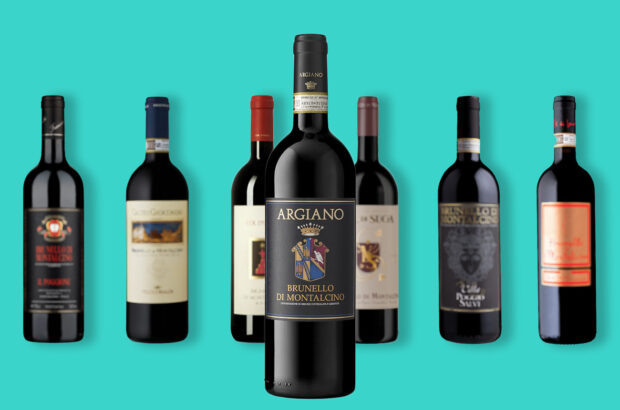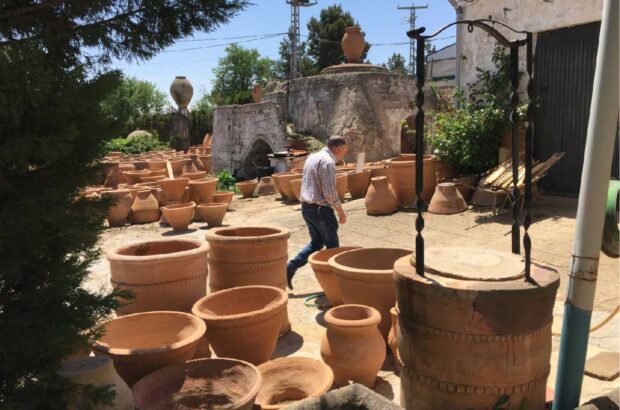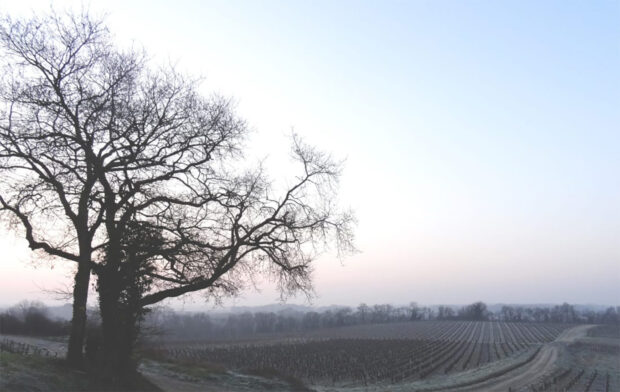In this month's magazine, Decanter columnist Stephen Brook explains the differences between estates' top wines and their 'little brothers'...
The tendency in California is to create Reserve wine rather than Bordeaux-style second wines, but there are exceptions.
At Francis Ford Coppola’s magnificent Inglenook estate in Rutherford, he created Rubicon in 1978, a formidable Bordeaux blend. Rubicon was always a tannic and extracted wine that needed years to show its complexity.
Indeed, Coppola usually held the wine back for eight years before release. Replanting was resulting in more young vines, so it made sense to produce a second wine, Cask Cabernet.
Early vintages were aged for up to 28 months in American oak puncheons, whereas Rubicon would spend two years in mostly new barriques. However, in recent years Cask Cabernet has been renamed Cabernet Sauvignon, and aged in 50%-90% new French oak; the fruit is all Inglenook, so it’s still an estate wine.
Read more below the wine reviews
Stephen’s top Californian Reserve picks:
Paul Draper at Ridge created Estate Cabernet as a second wine alongside his classic Monte Bello Cabernet. The Monte Bello blend is crafted following blind tastings, and it’s not always the youngest vines that are rejected.
Between 20% and 60% of the crop may end up in the second wine. Vinification is identical for both, and Draper says the difference is more one of style than quality. Indeed the quality of the second wine can be surprisingly close to that of Monte Bello itself.
Cain Five is a Napa estate wine produced high on Spring Mountain. Though its tannins tend to be polished, this Bordeaux blend has a distinctive herbal, sometimes red fruit character. With Cain Concept, winemaker Christopher Howell created something quite different, a wine made mostly from purchased fruit from the valley’s benchlands.
The fruit quality is quite different, but the winemaking and oak-ageing regime is essentially the same as for Cain Five. So there is a family resemblance, but in no sense is Cain Concept a second wine.












